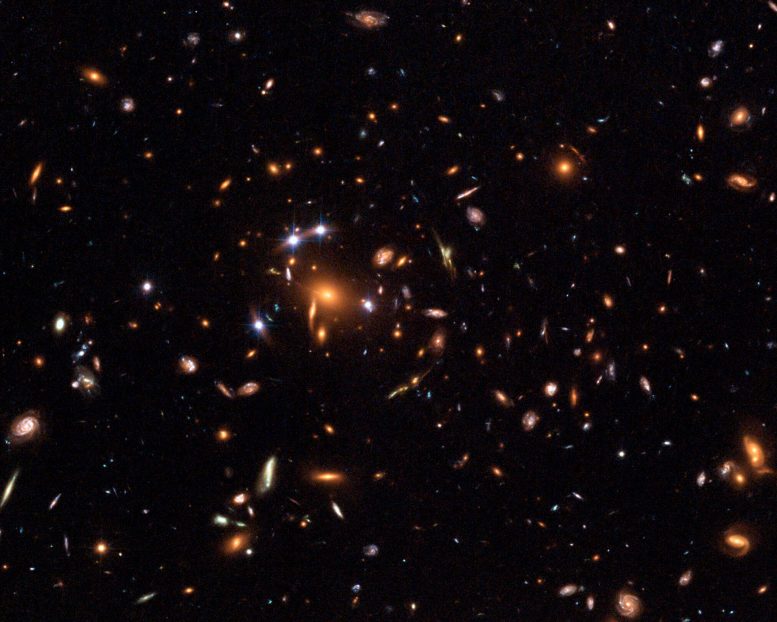
NASA’s Hubble Space Telescope has captured the first-ever picture of a group of five star-like images of a single distant quasar. The multiple-image effect seen in the Hubble picture is produced by a process called gravitational lensing, in which the gravitational field of a massive object – in this case, a cluster of galaxies – bends and amplifies light from an object – in this case, a quasar – farther behind it. UC Davis astronomers are using this gravitational lensing phenomenon to learn more about the properties of dark matter. Credit: ESA, NASA, K. Sharon (Tel Aviv University) and E. Ofek (Caltech)
Warm, cold, just right? Physicists at the University of California, Davis, are taking the temperature of dark matter, the mysterious substance that makes up about a quarter of our universe.
We have very little idea of what dark matter is, and physicists have yet to detect a dark matter particle. But we do know that the gravity of clumps of dark matter can distort light from distant objects. Chris Fassnacht, a physics professor at UC Davis, and colleagues are using this distortion, called gravitational lensing, to learn more about the properties of dark matter.
The standard model for dark matter is that it is ”cold,” meaning that the particles move slowly compared to the speed of light, Fassnacht said. This is also tied to the mass of dark matter particles. The lower the mass of the particle, the “warmer” it is and the faster it will move.
The model of cold (more massive) dark matter holds at very large scales, Fassnacht said, but doesn’t work so well on the scale of individual galaxies. That’s led to other models including “warm” dark matter with lighter, faster-moving particles. “Hot” dark matter with particles moving close to the speed of light has been ruled out by observations.
A limit on the mass of dark matter
Former UC Davis graduate student Jen-Wei Hsueh, Fassnacht and colleagues used gravitational lensing to put a limit on the warmth and therefore the mass of dark matter. They measured the brightness of seven distant gravitationally lensed quasars to look for changes caused by additional intervening blobs of dark matter and used these results to measure the size of these dark matter lenses.
If dark matter particles are lighter, warmer and more rapidly moving, then they will not form structures below a certain size, Fassnacht said.
“Below a certain size, they would just get smeared out,” he said.
The results put a lower limit on the mass of a potential dark matter particle while not ruling out cold dark matter, he said. The team’s results represent a major improvement over a previous analysis, from 2002, and are comparable to recent results from a team at UCLA.
Fassnacht hopes to continue adding lensed objects to the survey to improve the statistical accuracy.
“We need to look at about 50 objects to get a good constraint on how warm dark matter can be,” he said.
A paper describing the work is published in the Monthly Notices of the Royal Astronomical Society.
Reference: ” SHARP – VII. New constraints on the dark matter free-streaming properties and substructure abundance from gravitationally lensed quasars” by J-W Hsueh, W Enzi, S Vegetti, M W Auger, C D Fassnacht, G Despali, L V E Koopmans and J P McKean, 15 November 2019, Monthly Notices of the Royal Astronomical Society.
DOI: 10.1093/mnras/stz3177
Additional co-authors are: W. Enzi, S. Vegetti and G. Despali, Max Planck Institute for Astrophysics, Garching, Germany; M.W. Auger, Institute of Astronomy, University of Cambridge, U.K.; L.V.E. Koopmans, Kapteyn Astronomical Institute, University of Groningen, The Netherlands; and J.P. McKean, Netherlands Institute for Radio Astronomy. The work was supported by the National Science Foundation, the Netherlands Organization for Scientific Research and the Chinese Academy of Sciences.



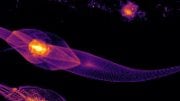
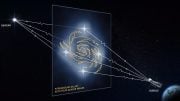
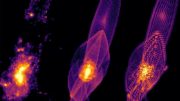
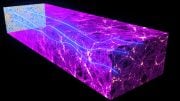
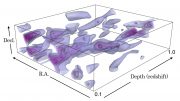
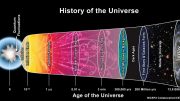
It could be uneven, soup of particles instead of only kind of particles. With different temperature for every one particle.